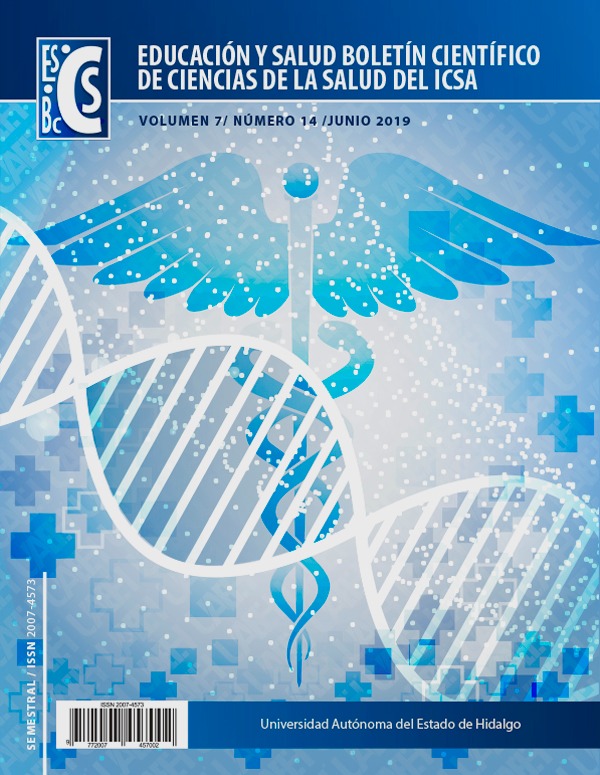Evaluation of Nutritional Information of the Labeling of Natural Yogurt and Greek style
Abstract
Yogurt is the product of the fermentation of whole pasteurized milk, partially skimmed or skimmed, caused by cultures of lactic acid bacteria (Streptococcus thermophilus and Lactobacillus delbrueckii subsp Bulgaricum). The aim of the present work was to evaluate the nutritional information of the labeling of natural and Greek yoghurt and the addition of preservatives found in the market. Samples of 9 brands of 1 liter natural yogurt were analyzed, as well as 4 samples of Greek yogurt from 150g to 125g. All brands of Greek yogurt as natural were found of the maximum limit of fat established by NOM-181-SCFI-2010. It complies with the main ingredients to be called yogurt according to the NOM-181-SCFI-2010 standard. The labeling of some brands lacks this information; however it was found that the use of these additives is under the regulations of good manufacturing practices indicated in CODEX-STAN-192-1995. It is important to consider the consumption of products that contain an adequate content of protein (2.9 g / 100 g) and calcium (113 mg / 100 g), taking care that the contribution of sugar, fat and sodium are low and with the least amount of additives.
Downloads
References
Badui, S. (2013). Aditivos. Química de los alimentos. 5a edición.(ed). Pearson, México. pp: 522-523.
CODEX-STAN-192. (1995). Norma General para los Aditivos Alimentarios. FAO/OMS.
CODEX. (1975). Norma del Codex para el yogur (yogurt).
Errdman, J., Macdonald, I., & Zeisel, S. (2014). Alimento biofortificado: técnicas de cultivo y biotecnológicas para mejorar los nutrimentos en verduras y la calidad del acite de soya. Nutricion y dieta en la prevencion de enfermedades. 10a edición. (ed). McGAW-HILL, México. pp: 1046-1047.
Mendoza, N. (2015). Influencia de la acidez del yogurt y la temperatura de almacenamiento.
Meyer, S. B. (2016). De compras para la salud: Yogurt. Universidad de Florida, 1-3.
NOM-086-SSA1. (1994). Bienes y servicios. Alimentos y bebidas no alcohólicas con modificaciones en su composición. Especificaciones nutrimentales. México.
NOM-181-SCFI. (2010). Yogurt-Denominación, especificaciones fisicoquímicas y microbiológicas, información comercial y métodos de prueba. México: Secretaría de Economía.
Procuraduría Federal del Consumidor. (2017). El yogurt. Revista del consumidor.












